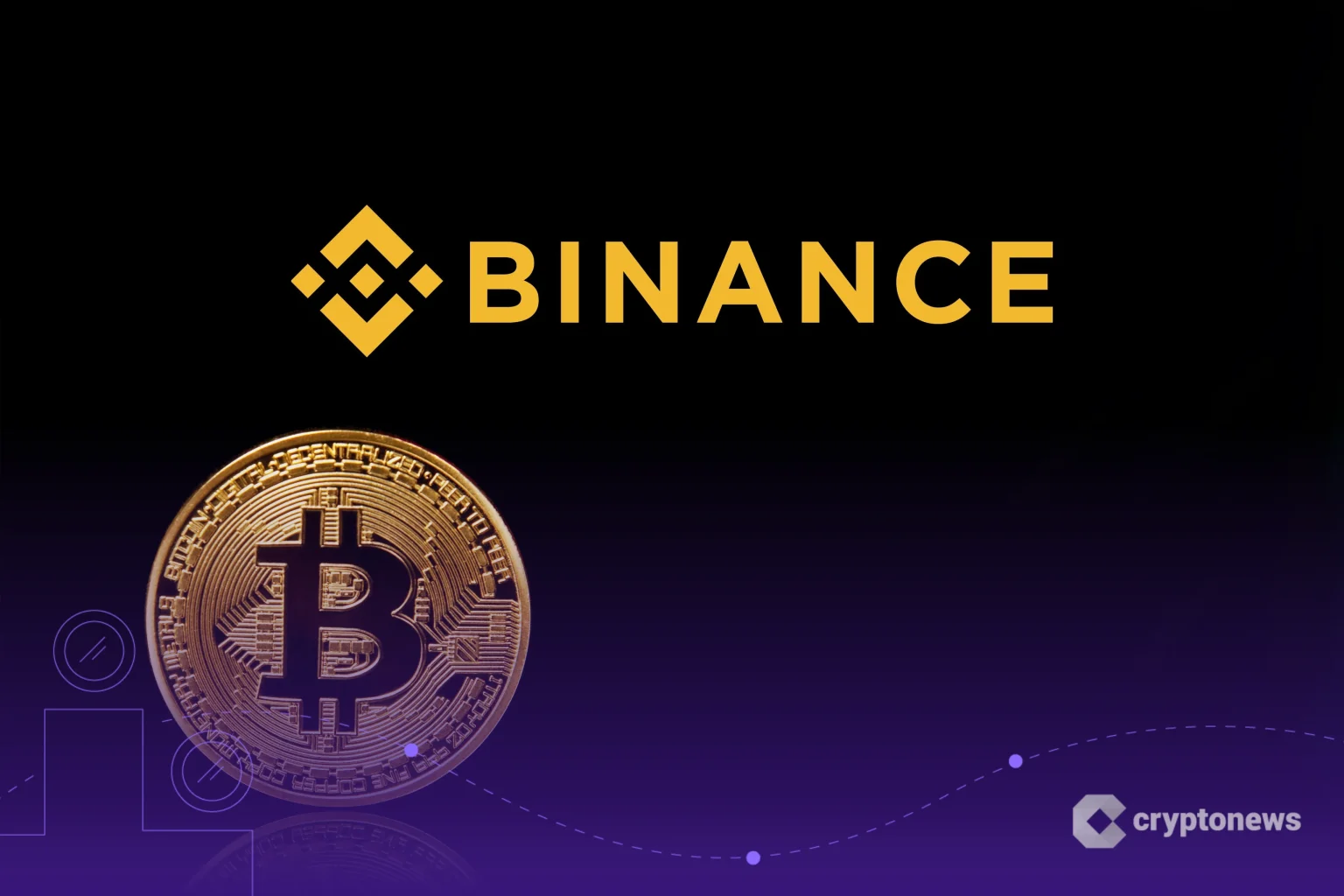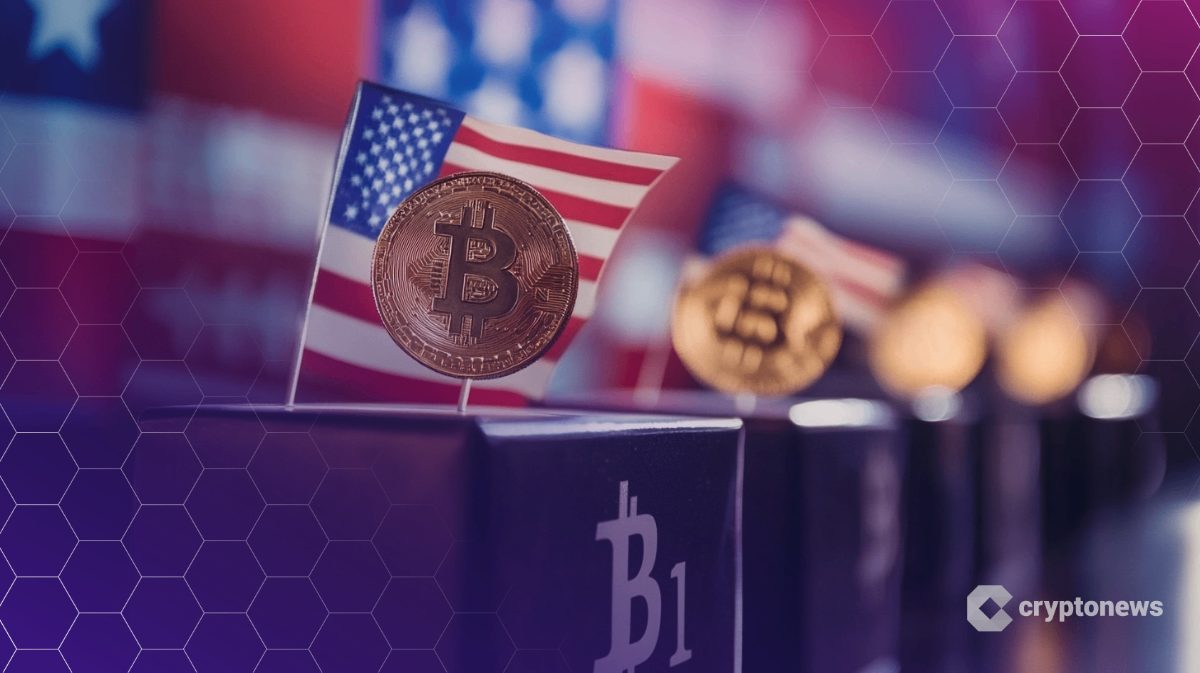Binance Boasts Surplus Reserves, Bolstering Confidence After FTX Fallout

Share:
Key Takeaways:
- Excess reserves above 100% indicate stronger exchange stability than competitors.
- USDT deposits grew 2.6% as investors shifted to stablecoins amid volatility.
- Government partnerships establish practical crypto use beyond speculation.
On May 8, Binance released an update on its crypto reserves, revealing strong backing for major digital assets. The exchange holds 102% of the Bitcoin (BTC) required to cover user deposits and a 206% surplus for Binance USD (BUSD).
Reserve Surpluses Create Withdrawal Safety Nets
The report details reserves for 37 assets, including 616,886 BTC, which exceeds the 604,886 Bitcoins held by users. Other tokens like ETH, USDT, and SOL maintain their reserves above the 1:1 target. Crypto reserve surpluses also ensure the platform can honor withdrawal requests without drawing on corporate funds.
The disclosure follows Binance’s 30th monthly Proof-of-Reserves (PoR) report, captured on May 1, which broke down the changing customer balances.
CoinMarketCap pegs aggregate user funds on Binance at close to $140 billion.
The exchange backs its numbers with zero-knowledge proofs and Merkle tree verification. This method lets users verify their balances without exposing the data of others—corporate wallets are not included in the calculation to prevent double-counting.
PoR statements have also become the sector’s preferred transparency tool after FTX collapsed in 2022.
At press time, Binance users held Bitcoin valued at $58 billion, down 1.35% from April, while 5.28 million ETH slid 3.36% to roughly $9.5 billion.
Additionally, BNB balances dipped 0.74% to 39.24 million, about $23 billion. At the same time, USDT deposits rose 2.61% to 29.05 billion, indicating a shift toward dollar-pegged tokens amid market turbulence. Non-Bitcoin assets altogether stood at nearly $82 billion.
Binance has issued an attestation every month since, contending that public on-chain evidence fosters confidence more effectively than private audits. Regulators still debate formal reserve mandates, yet Binance now supplies one of the longest uninterrupted data sets in the industry.
How Binance is Shaping Central Asia’s Blockchain Future
After proving its financial stability through reserves, Binance expands its influence beyond day-to-day trading. The company is seeking to shape blockchain infrastructure in emerging markets, starting with a collaboration in Central Asia.
The global exchange teamed up with Kyrgyzstan to build a nationwide crypto payment network and roll out blockchain education programs.
Both parties signed a Memorandum of Understanding (MoU) on April 3. Binance Academy will work with local universities and training centers to deliver hands-on blockchain and digital assets courses for the government, institutions, and the general public.
By training Kyrgyz professionals in Web3 technologies, Binance seeks to develop homegrown talent for creating a digital-first economy.
Binance will also deploy its pay-and-receive infrastructure, allowing merchants and users nationwide to transact with crypto.
The former Binance CEO was also tapped for an advisory role on Kyrgyzstan’s National Crypto Council, emphasizing Binance’s commitment to advising governments on regulatory frameworks.
Is Binance Pay the Future of Crypto-Powered Tourism?
Trust in Binance has played a key role in its acceptance by governing bodies worldwide, paving the way for major innovations in the financial sector.
The platform’s Binance Pay service continues to transform global commerce. The most recent implementation comes from the Kingdom of Bhutan. Over 130,000 tourists are expected to visit Bhutan in 2025.
Following the partnership, Bhutan will become the first country to adopt crypto payments nationwide for the tourism sector.
Visitors to Bhutan can now use their crypto balances for everything from airline tickets and hotel stays to local purchases. Merchants gain instant settlement of crypto transactions in the local currency.
Before this, Binance Pay announced a partnership with xMoney, a leading European web3 payment solutions provider, to expand crypto payments across Europe in its quest to be a leading cross-border financial provider.
Frequently Asked Questions (FAQs)
Binance’s PoR currently only verifies on-chain assets. It doesn’t audit off-chain liabilities like loans or derivatives exposures that could impact overall solvency—a key transparency gap.
In 2022, the exchange faced mass withdrawals. Users moved out over $1 billion in the aftermath of the FTX collapse. Despite the pressure, Binance held firm, and the exchange has published its reserves every month since then. But no fortress is unbreakable. When market confidence shatters, even the strongest might struggle.
Binance uses Merkle proof systems to provide faster, user-verifiable snapshots of on-chain reserves. However, this approach lacks independent third-party audits to verify asset ownership and off-chain liabilities, leaving a substantial transparency gap in assessing overall solvency.
The post Binance Boasts Surplus Reserves, Bolstering Confidence After FTX Fallout appeared first on Cryptonews.
Binance Boasts Surplus Reserves, Bolstering Confidence After FTX Fallout

Share:
Key Takeaways:
- Excess reserves above 100% indicate stronger exchange stability than competitors.
- USDT deposits grew 2.6% as investors shifted to stablecoins amid volatility.
- Government partnerships establish practical crypto use beyond speculation.
On May 8, Binance released an update on its crypto reserves, revealing strong backing for major digital assets. The exchange holds 102% of the Bitcoin (BTC) required to cover user deposits and a 206% surplus for Binance USD (BUSD).
Reserve Surpluses Create Withdrawal Safety Nets
The report details reserves for 37 assets, including 616,886 BTC, which exceeds the 604,886 Bitcoins held by users. Other tokens like ETH, USDT, and SOL maintain their reserves above the 1:1 target. Crypto reserve surpluses also ensure the platform can honor withdrawal requests without drawing on corporate funds.
The disclosure follows Binance’s 30th monthly Proof-of-Reserves (PoR) report, captured on May 1, which broke down the changing customer balances.
CoinMarketCap pegs aggregate user funds on Binance at close to $140 billion.
The exchange backs its numbers with zero-knowledge proofs and Merkle tree verification. This method lets users verify their balances without exposing the data of others—corporate wallets are not included in the calculation to prevent double-counting.
PoR statements have also become the sector’s preferred transparency tool after FTX collapsed in 2022.
At press time, Binance users held Bitcoin valued at $58 billion, down 1.35% from April, while 5.28 million ETH slid 3.36% to roughly $9.5 billion.
Additionally, BNB balances dipped 0.74% to 39.24 million, about $23 billion. At the same time, USDT deposits rose 2.61% to 29.05 billion, indicating a shift toward dollar-pegged tokens amid market turbulence. Non-Bitcoin assets altogether stood at nearly $82 billion.
Binance has issued an attestation every month since, contending that public on-chain evidence fosters confidence more effectively than private audits. Regulators still debate formal reserve mandates, yet Binance now supplies one of the longest uninterrupted data sets in the industry.
How Binance is Shaping Central Asia’s Blockchain Future
After proving its financial stability through reserves, Binance expands its influence beyond day-to-day trading. The company is seeking to shape blockchain infrastructure in emerging markets, starting with a collaboration in Central Asia.
The global exchange teamed up with Kyrgyzstan to build a nationwide crypto payment network and roll out blockchain education programs.
Both parties signed a Memorandum of Understanding (MoU) on April 3. Binance Academy will work with local universities and training centers to deliver hands-on blockchain and digital assets courses for the government, institutions, and the general public.
By training Kyrgyz professionals in Web3 technologies, Binance seeks to develop homegrown talent for creating a digital-first economy.
Binance will also deploy its pay-and-receive infrastructure, allowing merchants and users nationwide to transact with crypto.
The former Binance CEO was also tapped for an advisory role on Kyrgyzstan’s National Crypto Council, emphasizing Binance’s commitment to advising governments on regulatory frameworks.
Is Binance Pay the Future of Crypto-Powered Tourism?
Trust in Binance has played a key role in its acceptance by governing bodies worldwide, paving the way for major innovations in the financial sector.
The platform’s Binance Pay service continues to transform global commerce. The most recent implementation comes from the Kingdom of Bhutan. Over 130,000 tourists are expected to visit Bhutan in 2025.
Following the partnership, Bhutan will become the first country to adopt crypto payments nationwide for the tourism sector.
Visitors to Bhutan can now use their crypto balances for everything from airline tickets and hotel stays to local purchases. Merchants gain instant settlement of crypto transactions in the local currency.
Before this, Binance Pay announced a partnership with xMoney, a leading European web3 payment solutions provider, to expand crypto payments across Europe in its quest to be a leading cross-border financial provider.
Frequently Asked Questions (FAQs)
Binance’s PoR currently only verifies on-chain assets. It doesn’t audit off-chain liabilities like loans or derivatives exposures that could impact overall solvency—a key transparency gap.
In 2022, the exchange faced mass withdrawals. Users moved out over $1 billion in the aftermath of the FTX collapse. Despite the pressure, Binance held firm, and the exchange has published its reserves every month since then. But no fortress is unbreakable. When market confidence shatters, even the strongest might struggle.
Binance uses Merkle proof systems to provide faster, user-verifiable snapshots of on-chain reserves. However, this approach lacks independent third-party audits to verify asset ownership and off-chain liabilities, leaving a substantial transparency gap in assessing overall solvency.
The post Binance Boasts Surplus Reserves, Bolstering Confidence After FTX Fallout appeared first on Cryptonews.
 is a magical place!
is a magical place! BNB (@cz_binance)
BNB (@cz_binance) 










